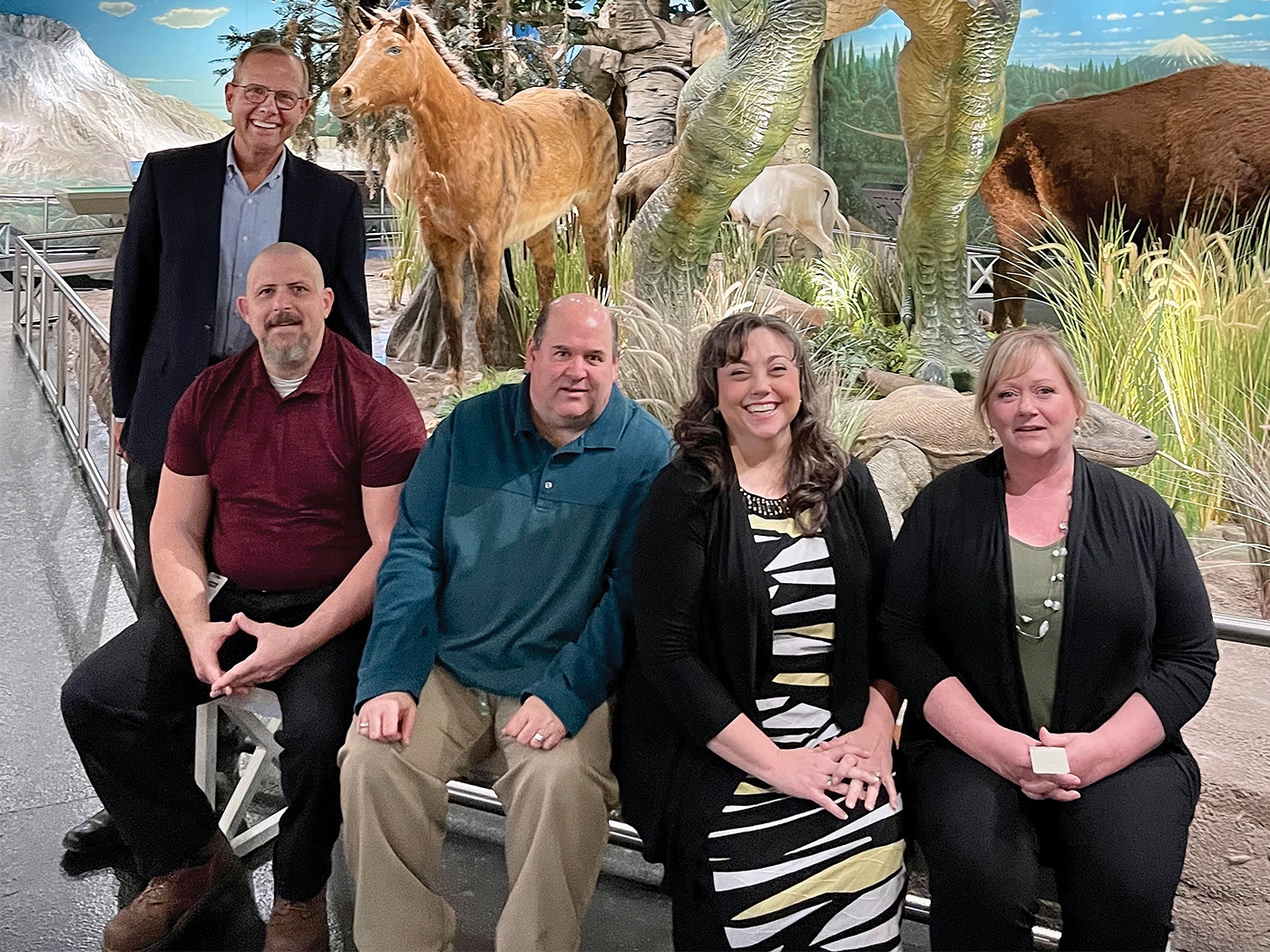A new species of chimaera found in Californian waters has been given a name. Chimaeras are bizarre cartilaginous fish with features that stand out among other fish. What also stands out is their lack of evolutionary change over supposed eons of evolutionary time.
Described in a recent paper in Zootaxa, the newly-named Hydrolagus melanophasma is only rarely found off the coast of southern California and down into the Sea of Cortez.1 Chimaeras typically inhabit very deep waters and are sometimes called “rabbitfish” because their grinding tooth plates are similar to rabbit teeth. Also known as ghostsharks, they are similar to sharks in that they have a cartilage skeleton and a generally streamlined shape.
But they differ in significant ways. For instance, their upper jaws are fused to their skulls, they have retractable sexual organs on their foreheads, and they have separate openings that eliminate solid and liquid wastes, whereas sharks have just one opening that eliminates all waste. Like many other chimaeras, a Hydrolagus also has a specialized sense organ on its nose, and it produces its eggs in a spindle-shaped leathery case. Unlike sharks, which constantly manufacture individual replacement teeth, the tooth plates that characterize Hydrolagus chimaeras are made of tubate and pleromic dentine, which are specialized to “increase resistance to abrasion.”2
Chimaeras with armor plating, now presumed extinct, are found in Silurian strata and are said to be over 416 million years old.3 And fossilized chimaeras that correspond in form to living ones can be identified in supposedly 200-million-year-old sediments. What mechanism could possibly have held the neo-Darwinian selection of mutations in check throughout these vast ages?
“Chimaeras…are perhaps the oldest and most enigmatic groups of fishes alive today,” according to a California Academy of Sciences press release.1 What makes them so enigmatic is their marked stasis. If millions of years of evolution really occurred, then these fish, as well as many other unchanged organisms, should have evolved into different forms by now.
But if these fossil-bearing rock layers, including the entire series of Paleozoic and Mesozoic periods, were deposited during the year-long Noahic Flood, then the enigma vanishes. If long ages have not elapsed since their deposition, then the fossils they contain would be expected to resemble their modern counterparts. No puzzle remains.
The assumption of deep time only deepens the mysteries of these deep sea chimaeras.
References
- New Species of “Ghostshark” named by Academy Researchers. California Academy of Sciences press release, September 21, 2009, reporting research published in James, K. C. et al. 2009. A new species of chimaera, Hydrolagus melanophasma sp. nov. (Chondrichthyes: Chimaeriformes: Chimaeridae), from the eastern North Pacific. Zootaxa. 2218: 59-68.
- Janvier, P. 1996. Early Vertebrates. Oxford: Oxford University Press, 64.
- Hedges, S. B., and S. Kumar, ed. 2009. The Timetree of Life. Oxford: Oxford University Press, 320.
Image Credit: SEFSC Pascagoula Laboratory; Collection of Brandi Noble, NOAA/NMFS/SEFSC
* Mr. Thomas is Science Writer at the Institute for Creation Research.
Article posted on October 8, 2009.
















